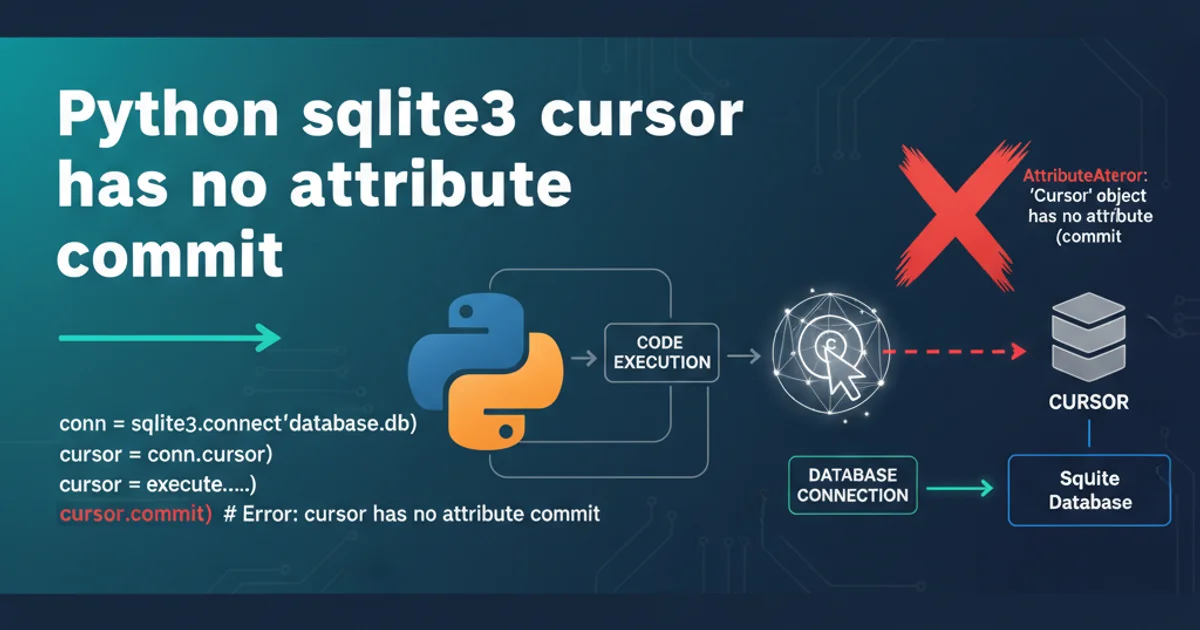What are the advantages of keeping linear history in Git?
Categories:
The Advantages of Maintaining a Linear Git History

Explore why a linear Git history, free from complex merge commits, can significantly improve project clarity, collaboration, and maintainability.
Git is a powerful version control system, but its flexibility can sometimes lead to complex and difficult-to-understand histories. One common debate among developers revolves around the benefits of maintaining a linear commit history versus allowing a more branching, non-linear history. A linear history, often achieved through rebasing, offers several compelling advantages that can streamline development workflows, enhance code review processes, and simplify debugging.
Clarity and Readability
A linear Git history presents a clear, chronological sequence of changes. Each commit builds directly upon the previous one, making it easy to follow the evolution of the codebase. This contrasts sharply with non-linear histories, where frequent merge commits can obscure the true sequence of development, making it harder to understand when and why certain changes were introduced. When every commit represents a logical, atomic change, the history becomes a powerful narrative of the project's development.
flowchart TD
A[Start Feature Branch] --> B{Develop Feature}
B --> C{Rebase onto main}
C --> D[Fast-Forward Merge to main]
D --> E[Linear History on main]Achieving a linear history using rebase and fast-forward merge.
Simplified Debugging with Git Bisect
One of the most significant advantages of a linear history comes into play during debugging, especially when using git bisect. This powerful Git command helps you find the commit that introduced a bug by performing a binary search through your commit history. With a linear history, git bisect works flawlessly, quickly pinpointing the exact commit responsible. In a non-linear history with numerous merge commits, git bisect can become confused or less effective, as merge commits often combine multiple changes, making it harder to isolate the problematic introduction.
git bisect start
git bisect bad # Mark current commit as bad
git bisect good <known_good_commit_hash> # Mark a known good commit
# Git will then guide you through testing commits until the culprit is found
Basic usage of git bisect for finding a bug-introducing commit.
Cleaner Code Reviews and Reverts
When each commit in a linear history represents a single, logical change, code reviews become more focused and efficient. Reviewers can easily understand the intent behind each commit without having to untangle complex merge conflicts or interleaved changes. Furthermore, reverting changes is simpler. If a feature introduced in a single commit needs to be undone, a git revert on that specific commit is straightforward. In a non-linear history, reverting a feature that was spread across multiple commits and merge points can be a much more challenging and error-prone task.
Strategies for Maintaining Linearity
The primary tool for maintaining a linear history is git rebase. Instead of merging a feature branch into main (which creates a merge commit), you rebase your feature branch onto the latest main branch. This effectively moves your feature branch's commits to appear as if they were made directly on top of the main branch, resulting in a linear progression. Once rebased, you can then perform a fast-forward merge, which does not create a new merge commit.
sequenceDiagram
participant Dev as Developer
participant Repo as Git Repository
Dev->>Repo: git checkout -b feature/A
Dev->>Repo: Make commits on feature/A
Repo->>Dev: (main branch advances)
Dev->>Repo: git fetch origin
Dev->>Dev: git rebase origin/main
Dev->>Repo: git push --force-with-lease origin feature/A
Dev->>Repo: Create Pull Request
Repo->>Repo: Fast-forward merge feature/A into mainWorkflow for maintaining a linear history with rebase and fast-forward merge.
# Example workflow for a feature branch
# 1. Start on your feature branch
git checkout feature/my-new-feature
# 2. Fetch the latest changes from the remote main branch
git fetch origin
# 3. Rebase your feature branch onto the remote main branch
git rebase origin/main
# 4. Resolve any conflicts that arise during rebase
# (After resolving, use: git add . && git rebase --continue)
# 5. Force push your rebased branch (use with caution, only on private branches!)
git push --force-with-lease origin feature/my-new-feature
# 6. Once approved, merge into main (often via PR, which might be configured for fast-forward only)
# If merging locally:
git checkout main
git pull origin main
git merge --ff-only feature/my-new-feature
Command-line steps for rebasing a feature branch.